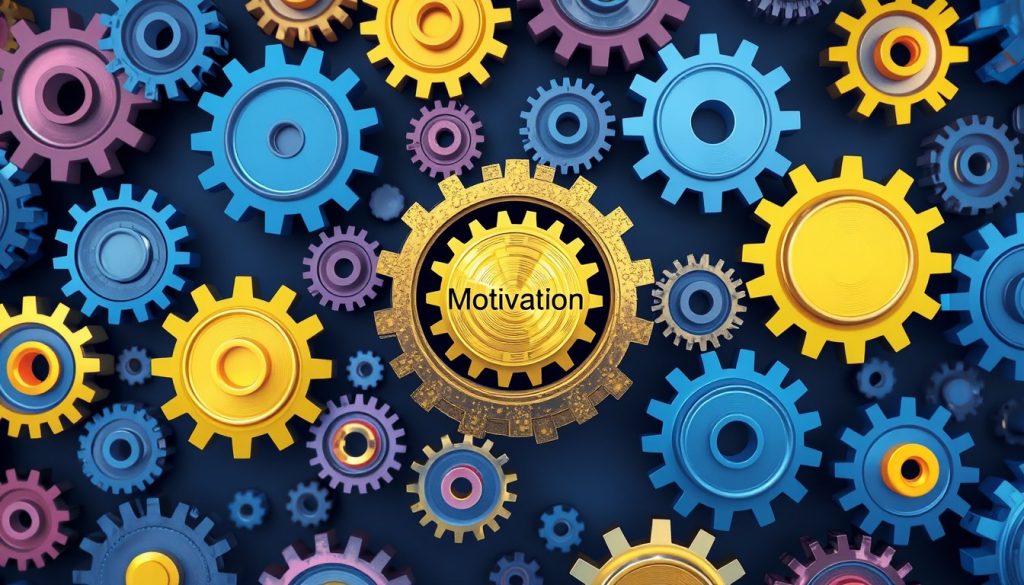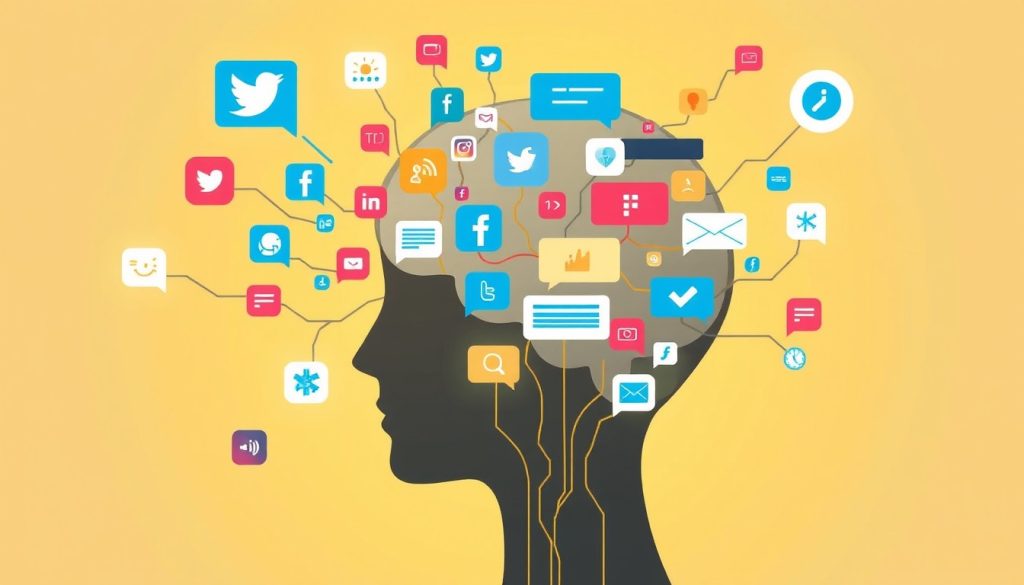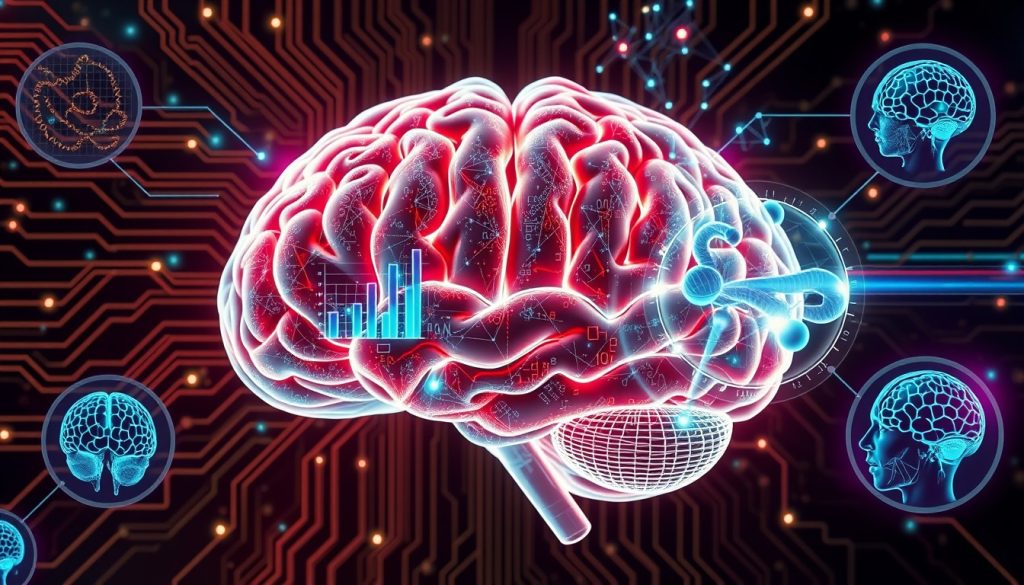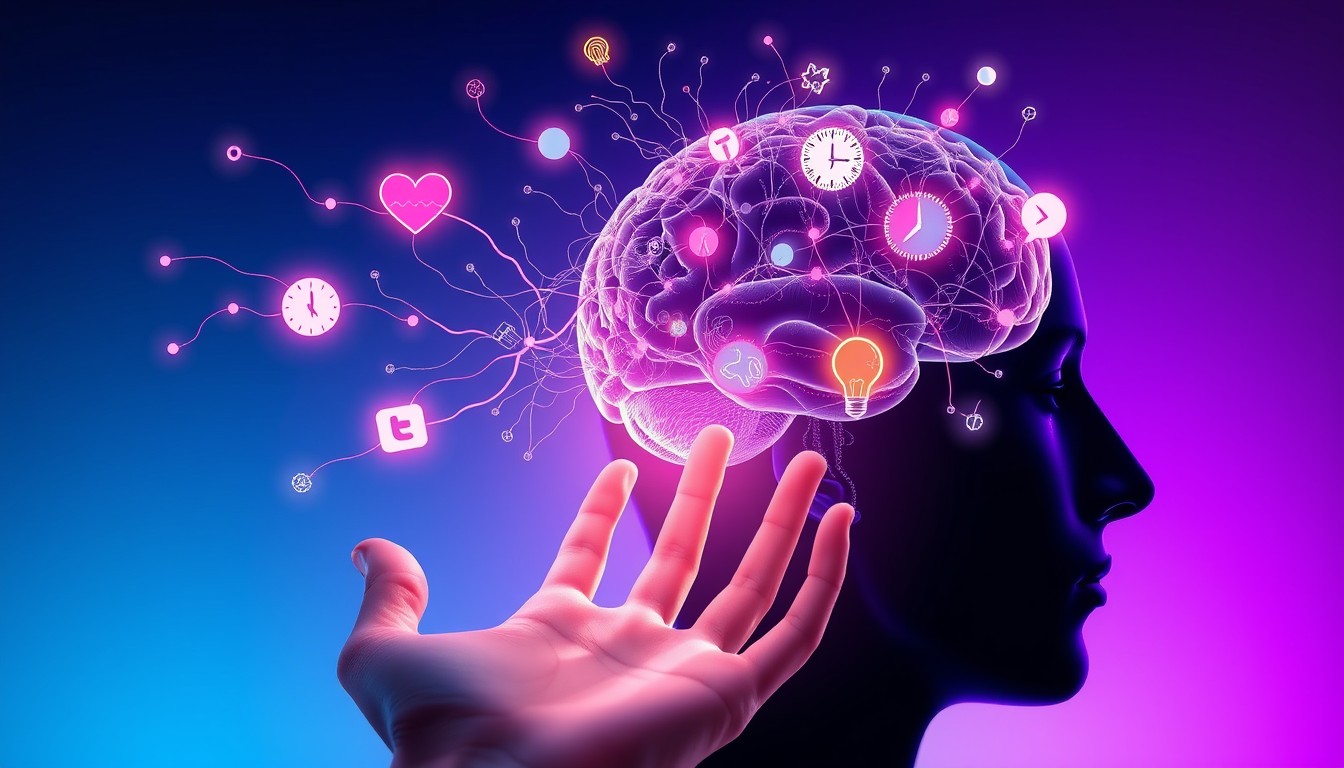Understanding Human Behavior and Mental Processes: A Journey into the Mind
Human behavior and mental processes have long fascinated researchers, psychologists, and neuroscientists alike. As we delve deeper into the complexities of the human mind, we uncover new insights that help us better understand ourselves and others. In this comprehensive guide, we’ll explore key aspects of human cognition, emotion, and behavior, drawing from recent research and theories.

The Interplay of Brain and Mind
Traditionally, the brain has been viewed as the seat of all mental processes. However, recent research suggests that cognition may be more distributed throughout the body than previously thought.
The Embodied Cognition Perspective
According to Ciaunica et al. (2023):
“Cognition can be seen as a multiscale web of dynamic information processing distributed across a vast array of complex cellular (e.g., neuronal, immune, and others) and network systems, operating across the entire body, and not just in the brain.”
This perspective challenges us to think beyond the brain-centric model of cognition and consider how other bodily systems contribute to our mental processes.
Key Implications:
- Mental processes are not confined to the brain
- The body plays a crucial role in cognition
- Immune system and other cellular networks contribute to information processing
Interactive Diagram: The Embodied Cognition Model
graph TD
A[Brain] --> B[Body]
B --> A
A --> C[Environment]
C --> A
B --> C
C --> BThe Role of Motivation in Human Behavior
Motivation has long been considered a key driver of human behavior. However, some researchers are questioning whether motivation exists as a distinct mental process.
Rethinking Motivation
Murayama (2021) provocatively suggests:
“Motivation does not exist in our mental processes — rather, motivation is a naïve linguistic expression that loosely represents emergent properties of underlying mental processes.”

This perspective invites us to reconsider how we think about and study motivation, potentially leading to new insights into human behavior.
Emotion and Decision-Making
Emotions play a crucial role in our decision-making processes. The field of neuroergonomics has shed light on how emotional states like arousal and engagement interact with cognitive processes to influence our choices and actions.
The Neuroergonomics Framework
Dehais et al. (2020) propose a framework that:
“Disentangles those neural mechanisms that underpin the relationship between task demand, arousal, mental workload and human performance.”
Understanding these interactions can help us develop better strategies for managing our emotions and making more effective decisions.
The Impact of Social Media on Mental Processes
In today’s digital age, social media has become an integral part of many people’s lives, influencing how we think, feel, and behave.
Social Media and Information Seeking
Research by Himelboim and Han (2014) on cancer-related social networks on Twitter found that:
“Users who populated the persistent-across-time core cancer communities created dense clusters, an indication of taking advantage of the technology to form relationships with one another in ways that traditional one-to-many communication technologies cannot support.”
This highlights how social media can shape our social connections and information-seeking behaviors, potentially influencing our mental processes profoundly.

Pros and Cons of Social Media on Mental Health
| Pros | Cons |
|---|---|
| Increased connectivity | Information overload |
| Access to support networks | Comparison and self-esteem issues |
| Rapid information sharing | Misinformation and echo chambers |
| Platform for self-expression | Addiction and time management challenges |
The Promise of Computational Psychiatry
As our understanding of mental processes grows more sophisticated, so too do our tools for studying and treating mental health disorders.

Biophysical Psychiatry Approach
Mäki-Marttunen et al. (2019) propose a “biophysical psychiatry” approach that:
“Employs large-scale mechanistic, biophysics-founded computational modelling to increase transdisciplinary understanding of the pathophysiology and strive toward robust predictions.”
This approach, which integrates insights from genetics, neuroscience, and computational modeling, holds promise for developing more effective treatments for mental health disorders.
Video: Introduction to Computational Psychiatry
Practical Applications
Understanding human behavior and mental processes has numerous real-world applications. Here are some ways you can apply this knowledge in your daily life:
- Emotional Intelligence: Use insights from emotion research to recognize better and manage your own emotions and those of others.
- Decision-Making: Apply the neuroergonomics framework to make more balanced decisions by considering both emotional and cognitive factors.
- Social Media Usage: Be mindful of how social media affects your mental processes and information-seeking behavior. Set boundaries and seek diverse perspectives.
- Mental Health: Stay informed about advancements in computational psychiatry and discuss potential new treatments with mental health professionals.
- Motivation: Recognize that motivation is complex and multifaceted. Focus on creating environments and habits that support your goals rather than relying solely on willpower.
Conclusion
Understanding human behavior and mental processes is an ongoing journey of discovery. As we unravel the mysteries of the mind, we find that our mental processes are more complex, distributed, and interconnected than we ever imagined.
As Wells (2019) notes, we need to be open to “progressively verifying a person’s knowledge and adapting their understanding.” By maintaining this openness and curiosity, we can expand our knowledge of human behavior and mental processes, leading to better strategies for personal growth, education, and mental health treatment.
Human behavior and mental processes remain a fascinating frontier of scientific inquiry. As we continue exploring this realm, we learn more about ourselves and gain valuable insights to help us lead more fulfilling and mentally healthy lives.
References
- Ciaunica A, Shmeleva E, Levin M. The brain is not mental! coupling neuronal and immune cellular processing in human organisms. Front Integr Neurosci. 2023;17. doi:10.3389/fnint.2023.1137864
- Murayama K. Motivation resides only in our language, not in our mental processes. PsyArXiv. Published online March 15, 2021. doi:10.31234/osf.io/pqp5j
- Dehais F, Lafont A, Roy R, Fairclough S. A neuroergonomics approach to mental workload, engagement and human performance. Front Neurosci. 2020;14:268. doi:10.3389/fnins.2020.00268
- Himelboim I, Han JY. Cancer talk on Twitter: community structure and information sources in breast and prostate cancer social networks. J Health Commun. 2014;19(2):210-225. doi:10.1080/10810730.2013.811321
- Mäki-Marttunen T, Kaufmann T, Elvsåshagen T, et al. Biophysical psychiatry—how computational neuroscience can help to understand the complex mechanisms of mental disorders. Front Psychiatry. 2019;10:534. doi:10.3389/fpsyt.2019.00534
- Wells A. Breaking the cybernetic code: understanding and treating the human metacognitive control system to enhance mental health. Front Psychol. 2019;10:2621. doi:10.3389/fpsyg.2019.02621







